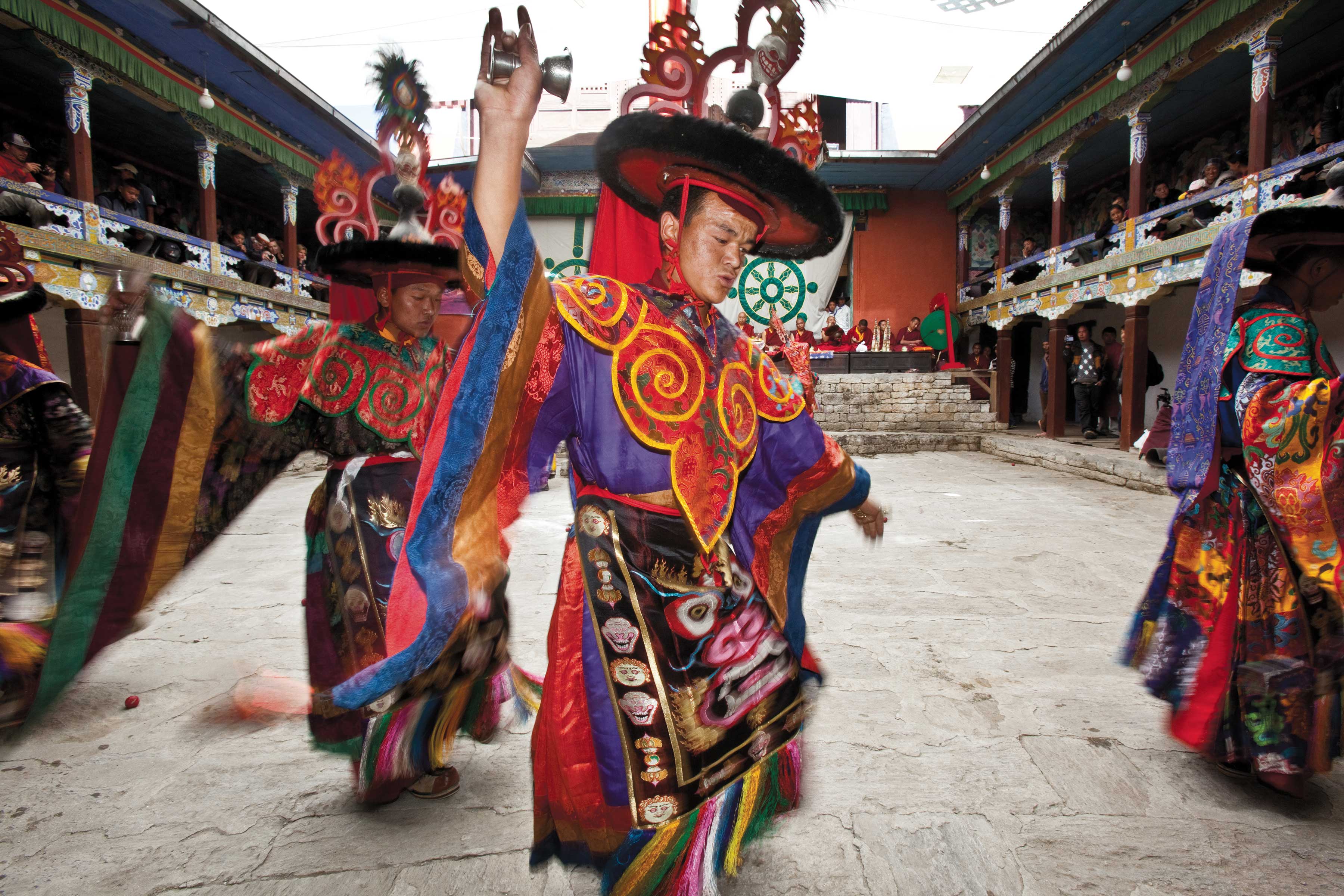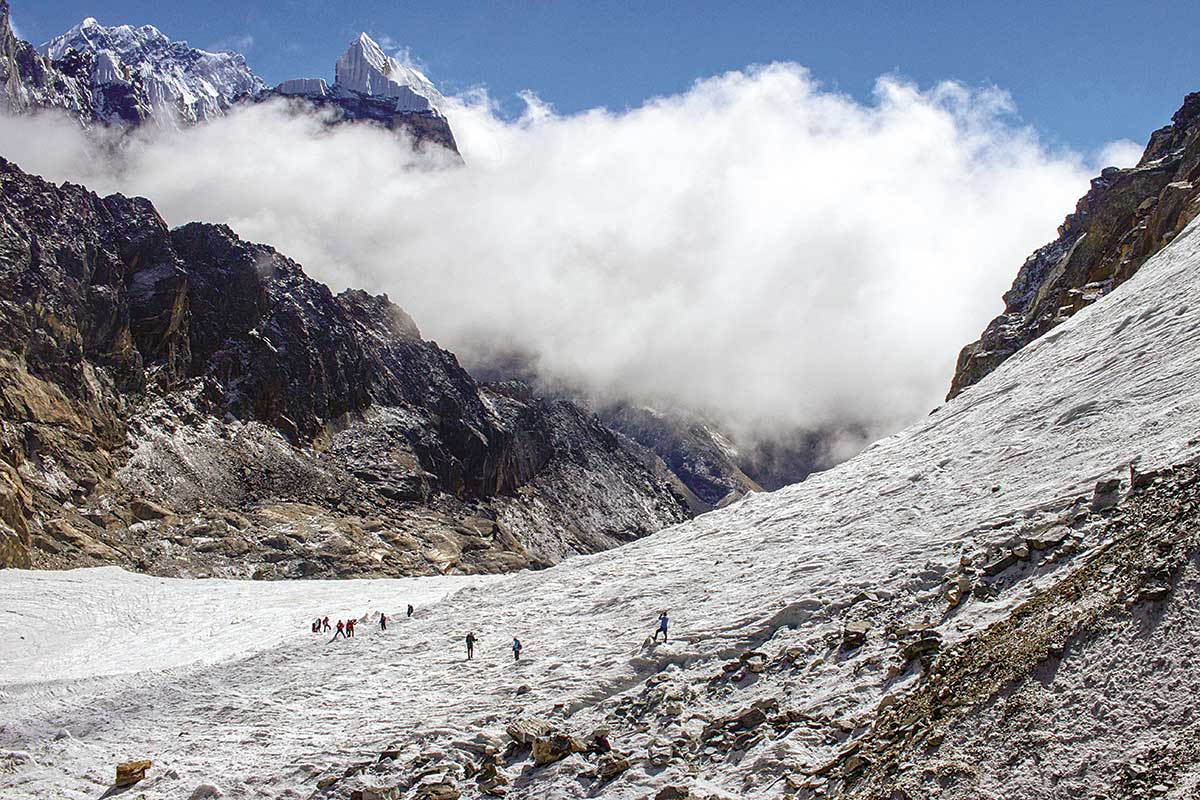The various lodges in the Gauri Shankar trail have USPs that make every stop worthwhile.
The puris (fried pancakes) were delicious! Golden brown, hot, light and fluffy. The tarkari (spiced vegetables) was mitho with the slightly sweet mountain potatoes blending well with the spices. Even our British friend, David was enjoying the repast though struggling with the spices. We were in the Bigu lodge back after a morning visit to the Gompa (Buddhist religious shrine).
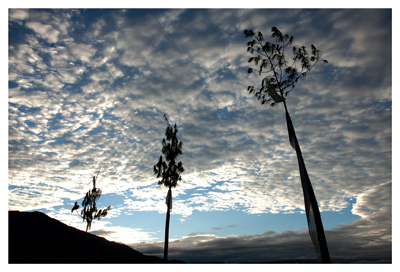 We (Nabin, David Wells and I) were trekking in the Gauri Shankar region, East of Kathmandu during Dashain. We had started from Barabhise, a town on the Arniko highway to Tibet and stayed the first night at the Karthali lodge managed by Sunil and Laxmi Rokha. In the late 1990s Eco Himal, a non-governmental organization based in Austria started developing this region encompassing the northern parts of Sindhupalchowk and Dolakha districts. Water supply schemes, toilet facilities and schools were built and local communities trained in organic farming methods and lodges and campsites constructed at different locations to encourage tourism in this beautiful region.
We (Nabin, David Wells and I) were trekking in the Gauri Shankar region, East of Kathmandu during Dashain. We had started from Barabhise, a town on the Arniko highway to Tibet and stayed the first night at the Karthali lodge managed by Sunil and Laxmi Rokha. In the late 1990s Eco Himal, a non-governmental organization based in Austria started developing this region encompassing the northern parts of Sindhupalchowk and Dolakha districts. Water supply schemes, toilet facilities and schools were built and local communities trained in organic farming methods and lodges and campsites constructed at different locations to encourage tourism in this beautiful region.
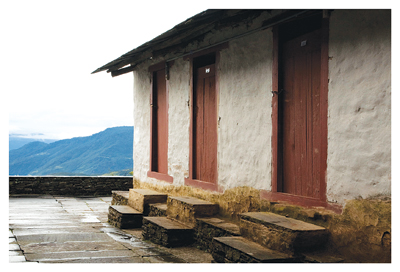 The lodges are built like a traditional hill home using mainly locally available resources and village workmen. The villagers formed community development committees (CDCs) to run the lodges and manage development work in their villages. The Karthali lodge is in a beautiful location just outside the village on a small rise. The whitewashed lodge can be seen intermittently during the last thirty minutes of the trek from Barabhise. All CDC lodges have the same basic design. On the ground floor is a small stone-paved seating area, a kitchen and dining room. A small shop is run with the dual objectives of supplying necessities to villagers at reasonable prices and generating additional income for the lodge. On the first floor is a verandah with wooden railings offering splendid ‘views’ and three rooms with bunk beds offering a total of twenty-six beds to travelers. All lodges have solar electricity, clean toilets, camping grounds and hot showers to wash away the dirt and grime after a long and tiring day.
The lodges are built like a traditional hill home using mainly locally available resources and village workmen. The villagers formed community development committees (CDCs) to run the lodges and manage development work in their villages. The Karthali lodge is in a beautiful location just outside the village on a small rise. The whitewashed lodge can be seen intermittently during the last thirty minutes of the trek from Barabhise. All CDC lodges have the same basic design. On the ground floor is a small stone-paved seating area, a kitchen and dining room. A small shop is run with the dual objectives of supplying necessities to villagers at reasonable prices and generating additional income for the lodge. On the first floor is a verandah with wooden railings offering splendid ‘views’ and three rooms with bunk beds offering a total of twenty-six beds to travelers. All lodges have solar electricity, clean toilets, camping grounds and hot showers to wash away the dirt and grime after a long and tiring day.
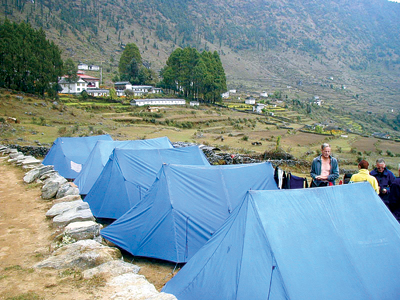 At Karthali (1600m) the well maintained lawns and blooming flowers entice tourists. The village sprawls along the hillside to the right of the lodge and the river flows far below. Layer after layer of hills stretch away to infinity with the distant ones turning various shades of blue as the sun slowly sets behind the western hills and the dark night comes creeping along. On my visit with Nabin and David it was raining and clouds were slowly rising from the fields to smother the village lights. On my first visit under a clean blue sky the hill was a sea of waving gold with mustard flowers in bloom.
At Karthali (1600m) the well maintained lawns and blooming flowers entice tourists. The village sprawls along the hillside to the right of the lodge and the river flows far below. Layer after layer of hills stretch away to infinity with the distant ones turning various shades of blue as the sun slowly sets behind the western hills and the dark night comes creeping along. On my visit with Nabin and David it was raining and clouds were slowly rising from the fields to smother the village lights. On my first visit under a clean blue sky the hill was a sea of waving gold with mustard flowers in bloom.
The lodge at Dolangsa (2500m) is a fifteen minute climb above the village. The name of the village comes from two Sherpa words, ‘do’ meaning stone and ‘sa’ meaning standing. There is a sacred stone in the middle of the village. The trail climbs through the only covered wooden bridge I have come across on my treks in Nepal. The lodge is situated just above the Dolangs Gompa also called the Shyalbung Gompa. The monastery was established in the 1940s in a grove of Bael fruit trees known locally as ‘shyalbung’ giving the Gompa its local name. There are good views down into the valley and the old growth trees with their gnarled trees create a slightly eerie atmosphere. During one of my visits a group of Dutch trekkers with their large contingent of kitchen staff and porters were camped here. I became good friends with the ‘Sirdar’, a gentleman from Kavrepalanchowk. On another visit a religious festival was in full swing and beautiful, apple cheeked Sherpanis in colorful silk chubas were bustling about.
 From Dolangsa the trail climbs through a dense forest to the Tingsang pass at 3300 m. My friend, David is into detecting vibrations of living objects and he said the forest gave off very disturbing vibrations. There was a collection of prayer stones and mani walls in the forest may be to counteract the disturbing vibrations. The climb up to the pass is steep and difficult. We were caught in a thunderstorm at the pass and flashes of lightning and the roar of thunder were all around us. We took shelter in a small hut just below the pass on the other side. The trail dropped down slowly and on a previous visit I had good views of Gauri Shankar from the pass.
From Dolangsa the trail climbs through a dense forest to the Tingsang pass at 3300 m. My friend, David is into detecting vibrations of living objects and he said the forest gave off very disturbing vibrations. There was a collection of prayer stones and mani walls in the forest may be to counteract the disturbing vibrations. The climb up to the pass is steep and difficult. We were caught in a thunderstorm at the pass and flashes of lightning and the roar of thunder were all around us. We took shelter in a small hut just below the pass on the other side. The trail dropped down slowly and on a previous visit I had good views of Gauri Shankar from the pass.
The trek to Bigu (2600m) is long with a stiff climb at the end. The Bigu lodge has a few unique touches with the doors and windows being painted a deep orange instead of the blue common in the other lodges. The solar electric lights were of a different design and the mirrors in each room made trekkers feel welcome. In the ‘Nepali Times’ newspaper I had seen a picture of the lodge with the CDC members in front and it was nice meeting the ladies and gentlemen in person. The lodge is a major meeting place for villagers who drop in for a cup of tea or chang once their day’s labor is over. The Bigu Gompa is a five minute walk away.
 From Bigu the trail descends to the Kothali Khola. Svelte village beauties in their Dashain best were on the trail and the atmosphere was festive. After crossing the suspension bridge the trail climbs steeply. On my previous visit I had met a group of fashion conscious young ladies and gentlemen on the trail. The lodge is at the beginning of the village and I had mistakenly climbed for over twenty minutes right to the top of the village. Loting (1900m) is a Chhetri village with the lodge situated among green fields. You can look back and see the long trail from Bigu. I had a long and interesting discussion with Bhairab Joshi, a local farmer and the lodge manager.
From Bigu the trail descends to the Kothali Khola. Svelte village beauties in their Dashain best were on the trail and the atmosphere was festive. After crossing the suspension bridge the trail climbs steeply. On my previous visit I had met a group of fashion conscious young ladies and gentlemen on the trail. The lodge is at the beginning of the village and I had mistakenly climbed for over twenty minutes right to the top of the village. Loting (1900m) is a Chhetri village with the lodge situated among green fields. You can look back and see the long trail from Bigu. I had a long and interesting discussion with Bhairab Joshi, a local farmer and the lodge manager.
From Loting it is a seven-hour walk to the lodge at Laduk. Laduk (2000m) is rapidly modernizing and has a large bazaar. I was even able to see a shop selling ‘Dish TV’, the direct to home television (DTH) service. The lodge is situated in a beautiful forest of conifers. The initial part of the trek to the Bulung (1900m) is along an unpaved road. After about ten minutes you get your first close views of the twin summits of Gauri Shankar, the holy mountain. The walk is level with splendid views. We soon found ourselves in the village of Orang (1900m) after passing through what has been described among the longest and steepest terraced fields which drop down over 1000 m to the valley floor. The lodge at Orang had a slightly neglected air and is run by a Gurung family who stay a twenty minute steep climb up the hill.
In Orang, Nabin killed a rooster which put up a spirited defence for its life. We had local chicken for lunch and dinner. The air was chilly and the Himals veiled in clouds. In the afternoon after a heavy downpour the Himals starting slowly clearing up and a rainbow was seen arcing over the mountains. David was busy clicking away and in the evening we were joined by a young Gurung girl from the village of Jagat on the valley floor. A relative of the lodge manager she was a good cook and provided much needed relief to Nabin.
The lodges provide decent accommodation, fresh air and superb views of villages, rural life and the mountains. They lack pizza, doughnuts and apple pie, picture windows and western toilets. The lodges are rich in things urbanites are thirsting for – fresh air, clean organic food, splendid views, zero pollution, smiling people and a strong sense of community. Come trek in this unspoiled region and discover the ‘simple’ pleasures of life!



